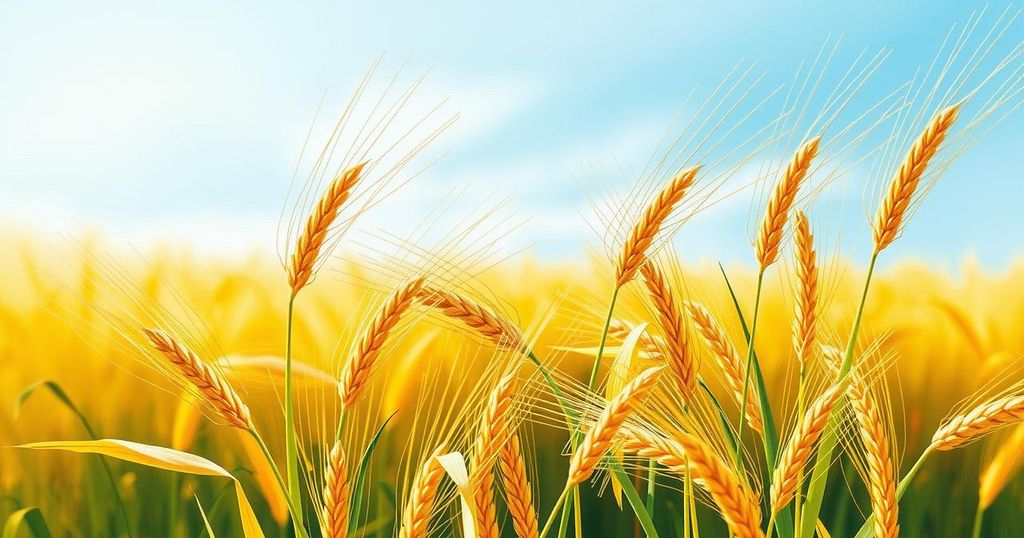economics
ABDELLATIF JOUAHRI, AFRICA, AGRICULTURE, ASIA, BAM, BANK AL - MAG, BANK AL - MAGHRIB, CASABLANCA, FOOD SECURITY, GLOBAL ECONOMY, GOVERNMENT PROJECTIONS, HASSAN II UNIVERSITY, HASSAN II UNIVERSITY OF CASABLANCA, INFLATION, IRAN, MOHAMMED - SAID KARROUK, MOROCCO, RABAT
Jamal Walker
0 Comments
Bank Al-Maghrib Predicts Modest Increase in Morocco’s Grain Harvest Under Government Targets
Bank Al-Maghrib forecasts a slight increase in Morocco’s grain harvest to 35 million quintals, below government expectations of 70 million quintals. Recent rainfall has improved dam levels but does not fully mitigate the ongoing water crisis, impacting long-term agricultural sustainability.
Morocco’s central bank, Bank Al-Maghrib (BAM), anticipates a modest increase in the nation’s grain harvest this year, estimating it will reach 35 million quintals. This increased yield, improving from last year’s 31.2 million quintals, still falls short of the government’s target of 70 million quintals and the previous year’s yield of 55.1 million quintals.
BAM projects a 2.5% increase in the agricultural sector’s value, attributed to the expected grain harvest and an upswing in non-grain agricultural production. However, earlier forecasts estimating a harvest of 50 million quintals have been adjusted downwards, contingent on favorable rainfall patterns. Significant rainfall received in recent weeks has raised dam reservoir levels to 35%, compared to 26% at the same time previous year, although this remains below the 68% level recorded in 2018.
The relenting rainfall has optimistic implications for farmers, especially those cultivating autumn grains such as wheat and barley. While experts acknowledge some relief from the recent rains, they caution that it does not address Morocco’s persistent water crisis. Professor Mohammed-Said Karrouk from Hassan II University of Casablanca stated that the country has a long-standing history of drought challenges.
He highlighted that while northern regions received substantial rainfall, central and southern regions, which are more severely affected by drought, saw insufficient precipitation, continuing to struggle with water shortages.
In conclusion, Bank Al-Maghrib anticipates a modest increase in Morocco’s grain harvest, forecasting 35 million quintals, which is below the government’s expectations. While recent rainfall has provided some relief, experts emphasize that it does not resolve the underlying water crisis, especially in areas most reliant on consistent precipitation. The discrepancies in forecasts reflect ongoing challenges within the agricultural sector in addressing climate variability and long-term sustainability.
Original Source: www.moroccoworldnews.com




Post Comment